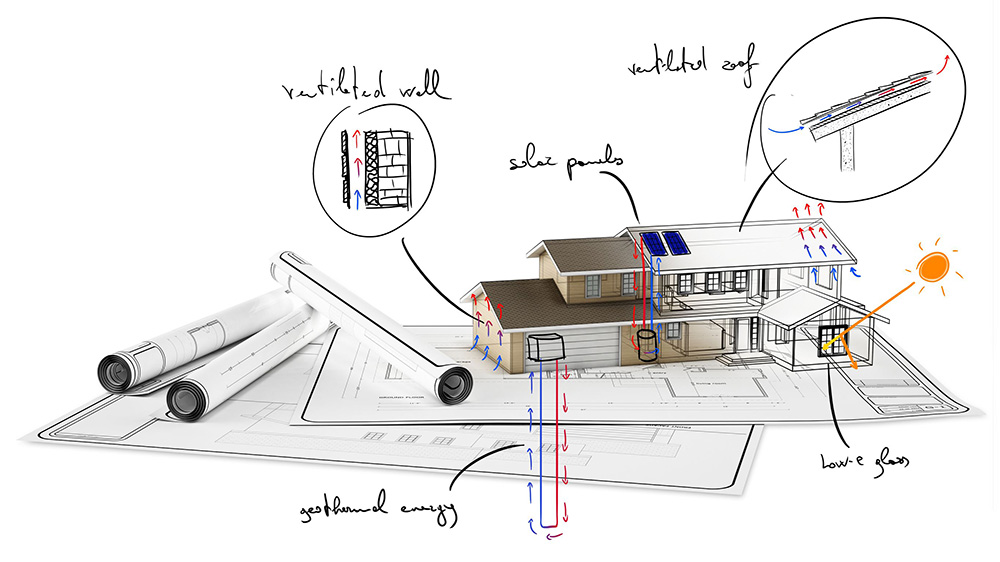You’ve probably heard the term “Design-Build.” It is one of the most trending terms in construction today, but what does it really mean? How does it differ from other forms of construction? Which one is better? If you’re hiring a contractor to build or remodel your home, should you go the Design-Build route, or not?
The truth is, Design-Build is one of the simplest ways to run a project. Not only is it smoother, easier and less expensive for the homeowner, it is also that way for the contractor or architect running the project!
How It Works
In Design-Build, one entity runs the entire project from design to completion. This includes:
- Initial design meeting, in which all client desires are discussed;
- Feasibility study (property appraisal, soil testing, etc. – essentially determining whether it is feasible to build what you want);
- Schematic design/floor planning;
- Full construction documents/blueprints;
- Permits and municipal services;
- Pre-construction;
- Project execution/project management;
- Punch list and full job completion.
But that seems like more work for one entity, right?
Not quite.
When you hire separate architects, contractors and tradespeople, it is far too easy to experience incomplete planning, communication breakdown, contention, inefficiencies, dropped responsibilities and more. It ends up being more work for everyone, including the homeowner!
In Design-Build, not only does the entity running the project have more responsibility, they also have more control. If things are missing on the plans, there’s no one else to blame – but that also means you don’t have to wait weeks for a plan revision. The project flows smoothly from design to completion, with all parties in coordination, and the client only has to deal with one company, one contract, and one price.
So Who Do I Hire? An Architect or a Contractor?
Historically, when one wants to build a home or do a major renovation, one would go to an architect first. In order to make any kind of structural changes to a home, or when building a brand-new structure, it is a legal requirement to follow blueprints stamped and sealed by a licensed architect or engineer. This is for your safety and the safety of those around you.
However, that does not mean that a contractor cannot do Design-Build. In fact, it is becoming more and more common nowadays for architects to team up with contractors in order to do Design-Build, with the contractor being the main entity. The fact is, most architects want to do what they love – drawing blueprints and renderings – and being part of a contractor’s team is truly a win-win situation.
So don’t be skeptical of a Design-Build contractor. In fact, a good Design-Build contractor is a godsend to homeowners, tradespeople and architects, alike!
Stay tuned for Part 2 in this series, in which we will discuss the history of contracting and architecture, and how the two came to merge in Design-Build.
- Real Estate in Massachusetts: Is Now the Time to Remodel? - October 28, 2020
- Design-Build Series – Part 1: Why Choose Design-Build? - April 9, 2020
- Three Tips for Upgrading Your Fireplace - February 8, 2020


